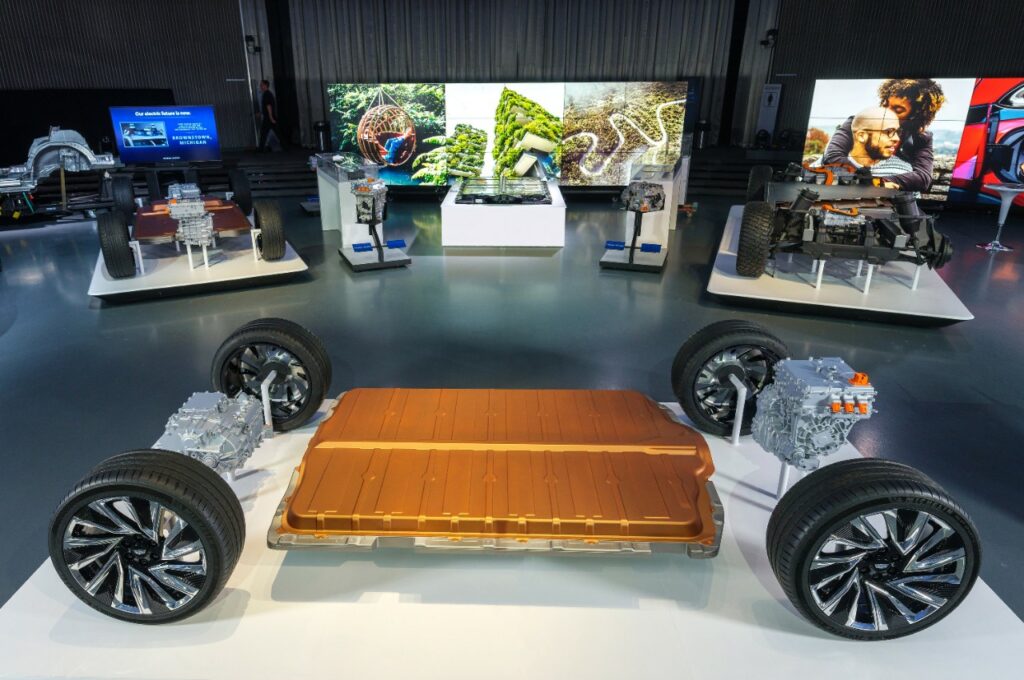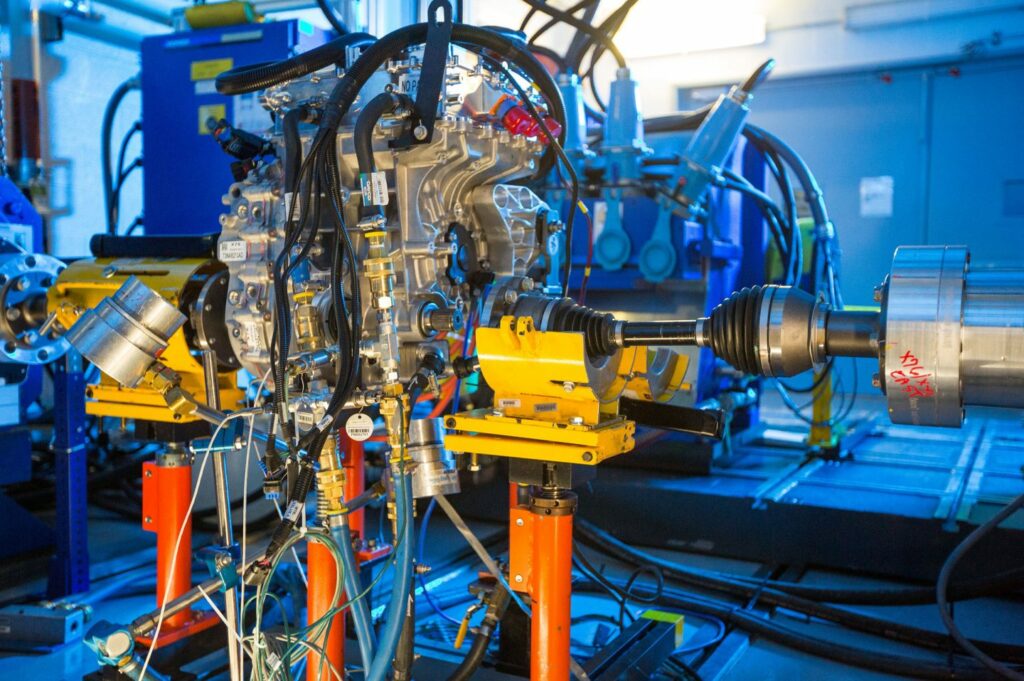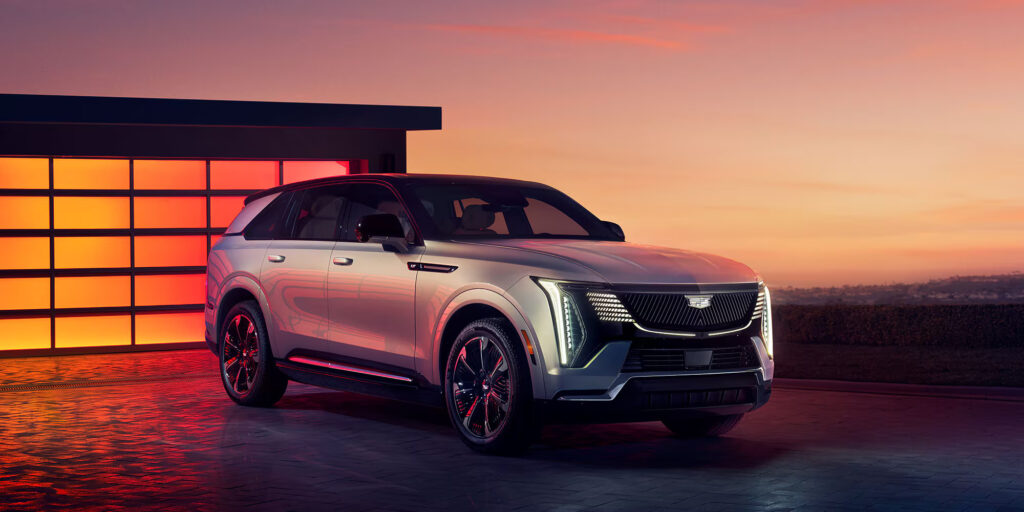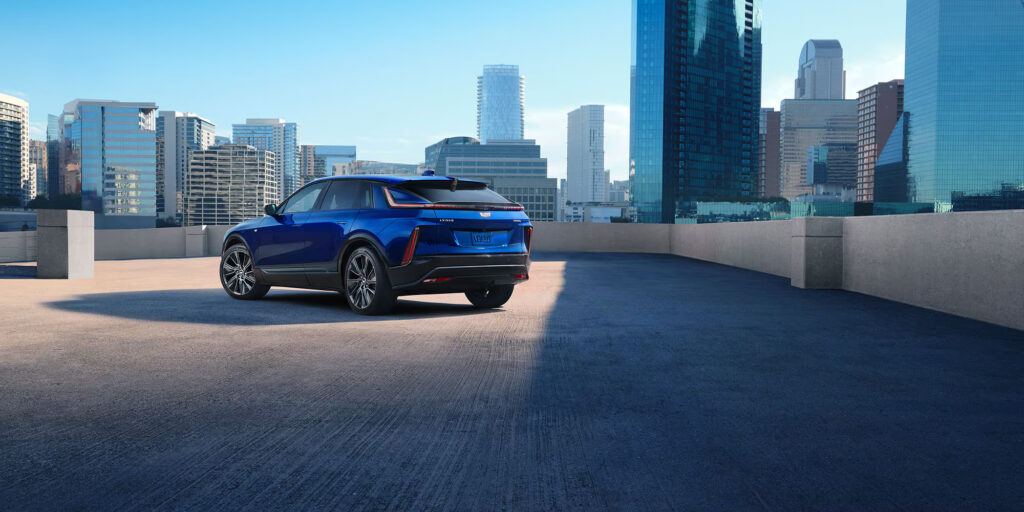
General Motors (GM) has decided to switch gears. After years of pushing the “Ultium” brand as the future of EV technology, the automaker has officially scrapped the name. But don’t be mistaken—GM isn’t walking away from its ambitions for electric vehicles (EVs).
The batteries and tech that powered its electric revolution aren’t going anywhere. Instead, GM is rethinking how it navigates the fast-evolving EV landscape, and the name “Ultium” just didn’t make the cut.
So why the change? It’s simple: the market is moving faster than GM anticipated. The company is shifting from its once-touted Ultium pouch cells, produced alongside LG with nickel, manganese, and cobalt, to a more diverse approach.
Prismatic cells? Check. Multiple suppliers? Absolutely. The strategy is no longer “one-size-fits-all,” and GM is ready to make some bold moves to keep up.
What’s Next for GM’s EV Batteries?
GM announced it’s opening a new battery-cell development center in Warren, Michigan, with a target to start production by early 2027. While that might seem like a distant goal, Kurt Kelty, GM’s VP of Battery Cell and Pack, says the facility will significantly cut the development time for new battery technologies by up to a year. In a world where innovation waits for no one, that’s huge.

The move aligns with GM’s goal of reducing EV battery costs by a staggering $6,000 per vehicle. And it’s not just about cost—GM is also diving into lithium iron phosphate (LFP) battery technology, which has fewer ethical and environmental concerns compared to cobalt-heavy alternatives.
This pivot could help GM compete with Chinese battery manufacturers, who have dominated the global supply chain for years.
Can GM Turn a Profit?
Let’s talk dollars. GM CEO Mary Barra assured investors that 2023 marked the peak of GM’s EV losses, and the company is on track for EV profitability by next year.
It’s a bold claim, but one that Barra backed up by projecting positive variable profits as soon as this quarter. That means GM could be making more per vehicle sold, after accounting for the costs of production, than they’re spending—a significant milestone in the EV race.

GM CFO Paul Jacobson added more fuel to the fire, predicting a $2 billion to $4 billion improvement in EV profits by 2025. How? It all comes down to scale. By incorporating EV production into existing facilities, GM has managed to save over $1 billion in capital investment at its Spring Hill Assembly alone.
With plans to ramp up production of its Cadillac Lyriq and new models like the three-row Cadillac Vistiq, GM is positioning itself to churn out 200,000 EVs in North America this year.
The Real Challenge: EV Adoption
While GM’s optimism is palpable, it’s hard to ignore the fact that EV adoption has been slower than expected. Sure, GM sold around 32,100 EVs in Q3—a roughly 60% year-over-year increase—but that only made up 4.9% of the company’s total quarterly sales. Meanwhile, Tesla still holds nearly 60% of the U.S. EV market, and GM is stuck at a distant third, trailing even Ford.

Still, GM remains confident. By 2025, the automaker expects to roll out what it believes will be its most profitable EV yet: the Escalade IQ. And let’s not forget about the next-gen Chevrolet Bolt, which GM is betting will be a game-changer in the affordable EV space. With faster charging and the latest tech, the new Bolt could be the vehicle that pushes GM closer to mass-market dominance—at least, that’s the hope.
Scaling Up, Slimming Down
One of the key themes from GM’s investor day was efficiency. By cutting out unnecessary components—GM engineers removed 24 parts from the Cadillac Lyriq alone—the automaker is finding ways to streamline production and reduce costs. These efforts are part of a broader strategy to boost profitability, even as EV sales inch forward at a slower pace than anticipated.

Barra and her team were also quick to reassure investors that GM’s Chinese operations, which posted a $104 million loss in Q2, are undergoing a much-needed restructuring. If the turnaround efforts in China take root, GM’s global EV business could start looking a lot more sustainable in the long run.
Is This Enough to Dethrone Tesla?
GM’s focus on diversification and scaling is impressive, but will it be enough to challenge Tesla’s dominance? That’s the billion-dollar question. While GM has its sights set on improving profitability and reducing battery costs, the company is still trailing behind in terms of market share. And with automakers like Ford pivoting to hybrids, GM is doubling down on fully electric vehicles—an all-or-nothing gamble that could pay off big, or fall flat depending on consumer adoption.

For now, GM is playing the long game. With plans for hybrid variants by 2027 and a continued focus on cost-efficient manufacturing, the automaker is looking to cement its place in the EV future. Whether it can outrun the competition remains to be seen, but one thing’s for sure: GM is gearing up for a major EV comeback.
Charge Complete
GM is shaking things up, dropping the “Ultium” name while doubling down on its EV strategy. With a new battery center in the works, a shift to more efficient battery chemistries, and bold profitability goals, GM is positioning itself for a future where EVs aren’t just a money pit. But will it be enough to topple Tesla’s reign? Only time—and a lot of EV sales—will tell.





Bullshit. They didn’t need to change the brand. Now all you’ve done is confuse the public – again. Start and stop an EV initiative – AGAIN. Careful GM, you’re starting to look like VW – and that’s not a compliment.
(Unless the lab they took the name from wouldn’t grant the rights. But even that’s called a buyout; once again, GM can’t get it done.)
Once again GM turns and chases a new sparkly object right about the time they finally debug the last grand initiative. They seem to learn nothing.
Why is the question always “Is this enough to dethrone Tesla”?
Because if you can’t dethrone Tesla, you die.
All electric works if you can put a charger on your meter and have your own parking space to charge it. So single family home owners in metro areas. If one lives in an apartment with street parking a plug in hybrid is better.